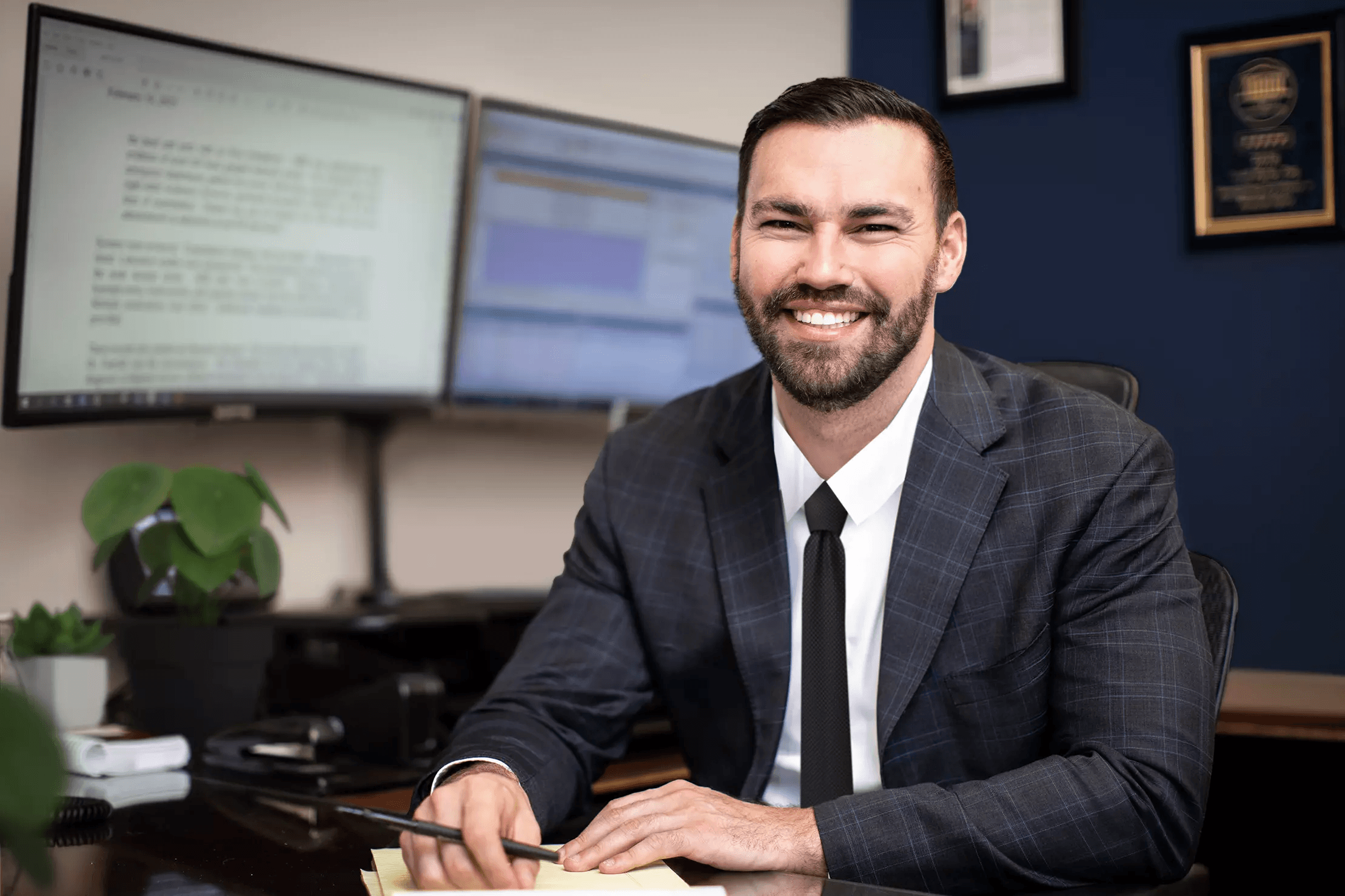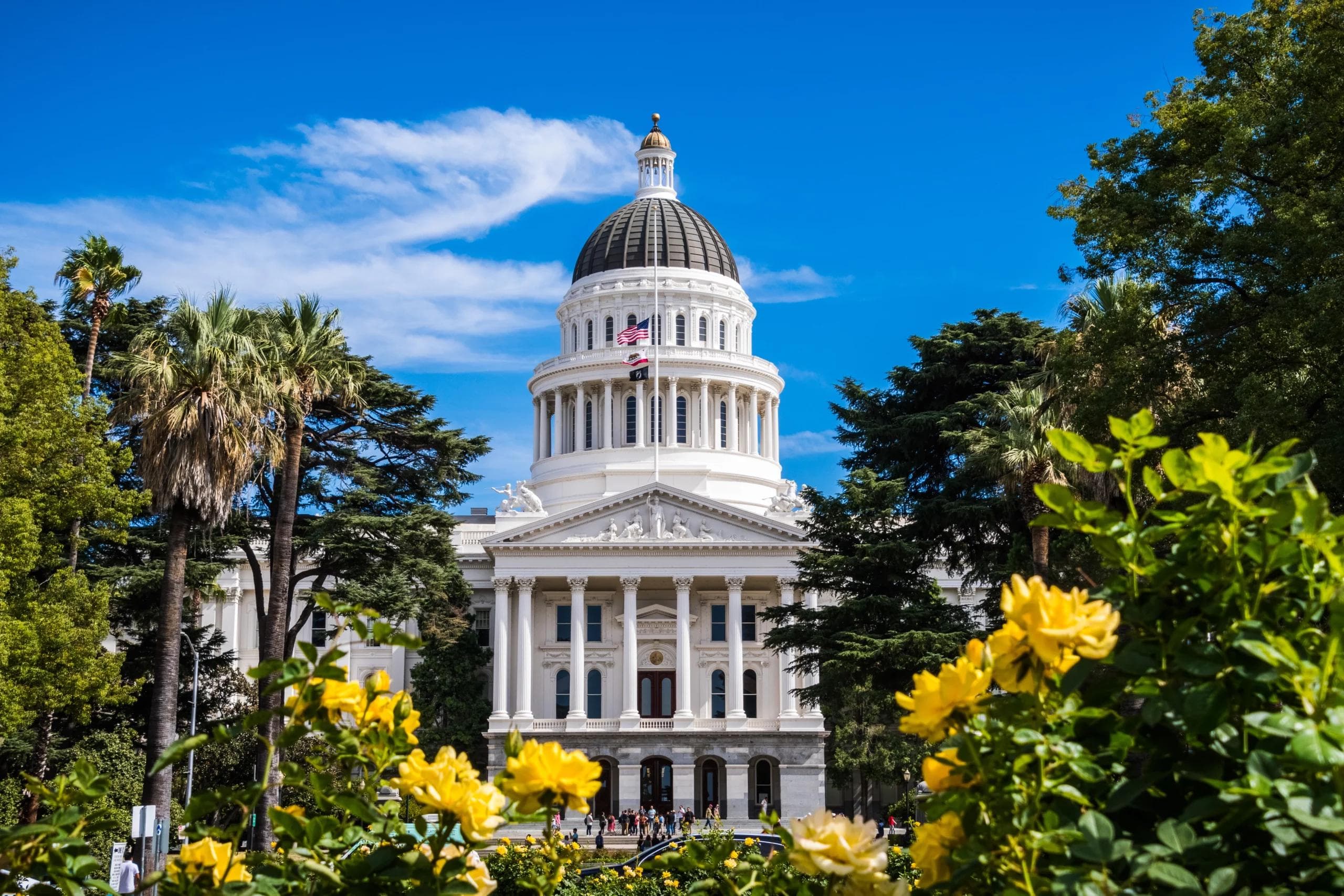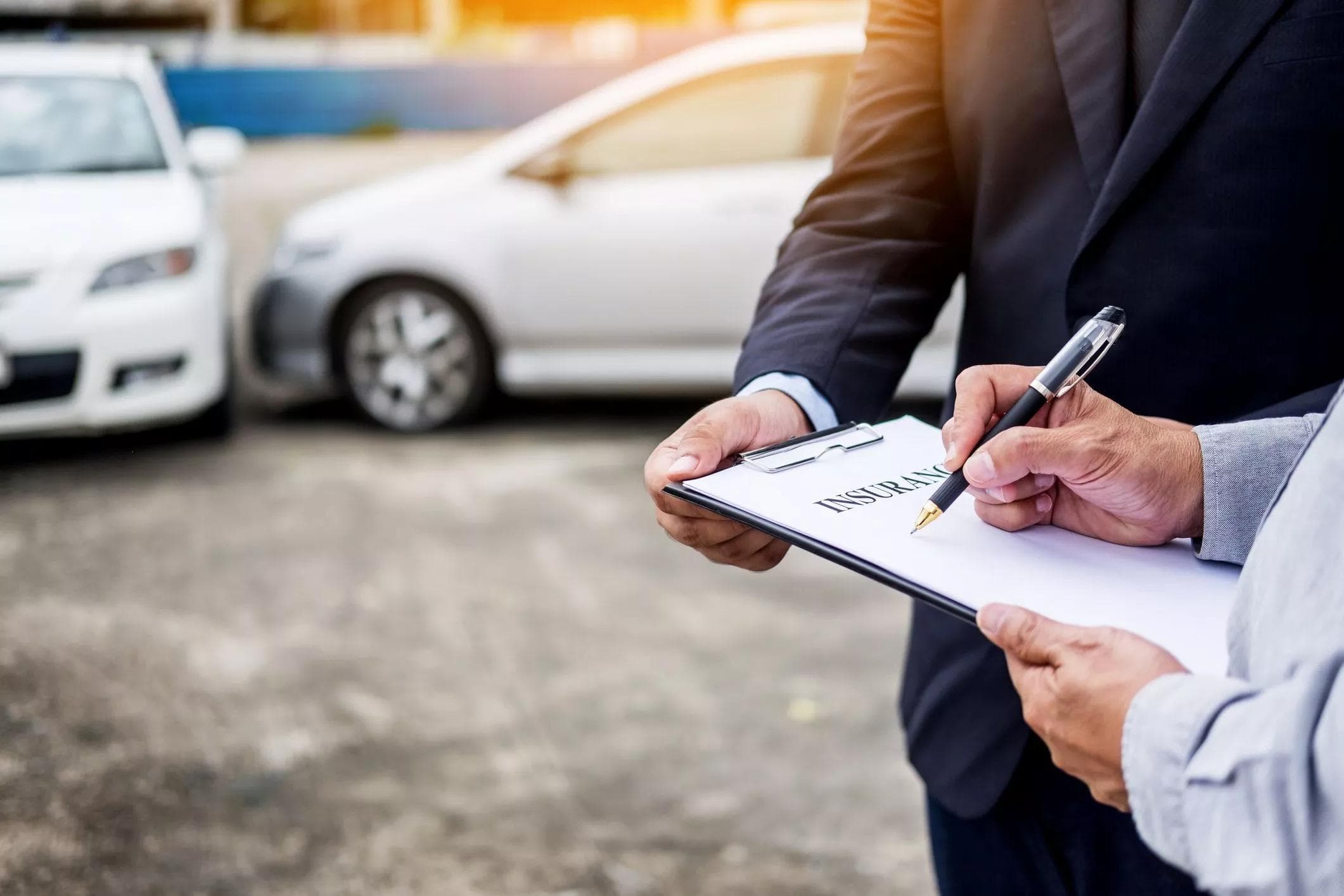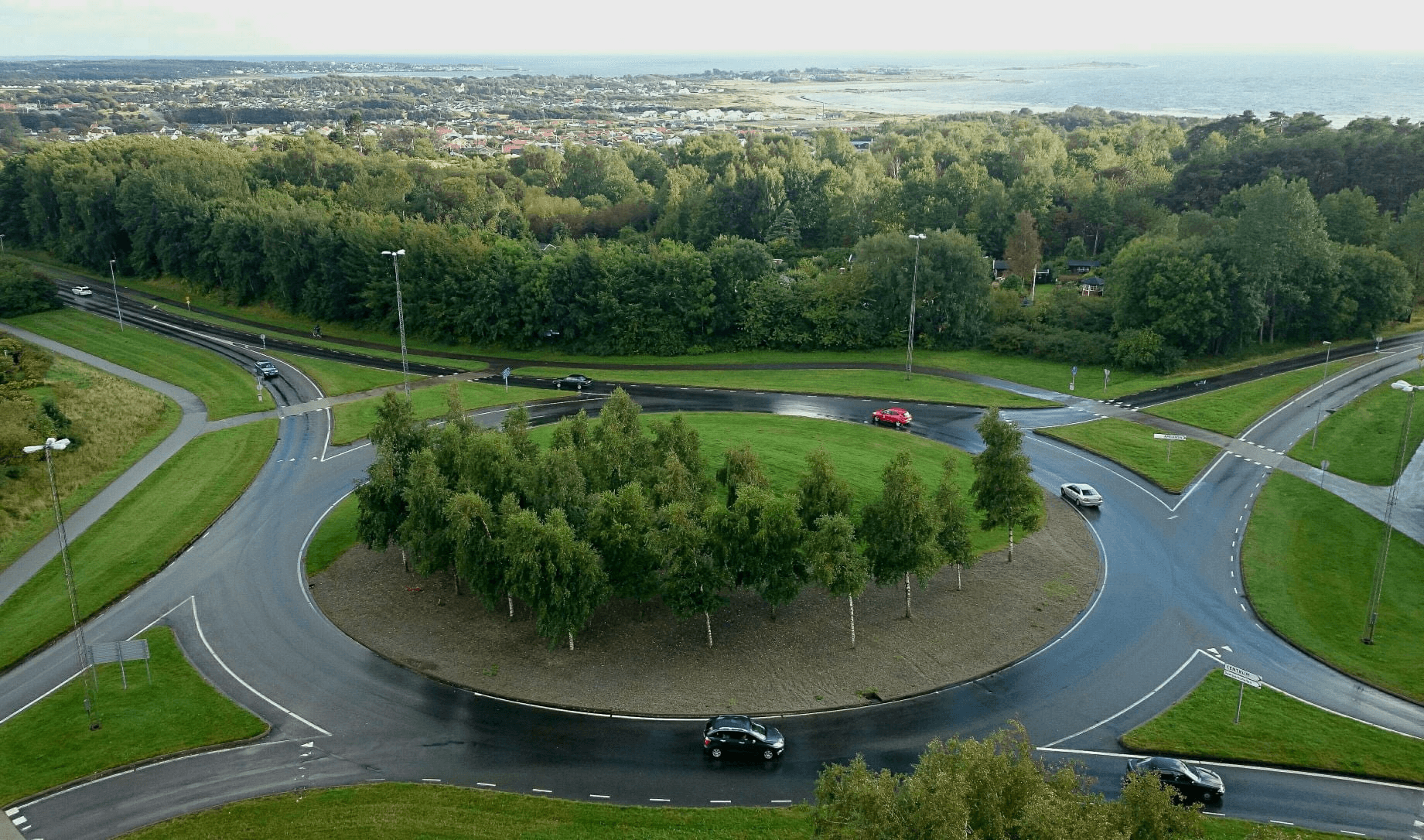
Are Roundabouts Really Safer?
Free ConsultationA roundabout, also called a traffic circle, is a type of vehicle intersection that seeks to increase traffic flow and reduce accidents. More common in Europe, roundabouts are beginning to catch on in the United States.
By creating a circular, continuous flow of traffic in one direction, cars don’t have to cross traffic or look in multiple directions before continuing safely. This intersection design has reduced car accident-related deaths and injuries where they are implemented.
Despite this, many drivers in the US don’t know how to navigate roundabouts. To the novice, a roundabout can be intimidating. Just ask the American tourists who crash their rental cars in European roundabouts each year. Unfamiliarity with the roundabout model can lead to an increase in accidents—the opposite effect of what was intended.
To help, our team of car accident lawyers at PARRIS Law Firm have created the ultimate guide to roundabouts: why they’re safer, how to navigate them, and how you can protect your rights if you’re struck by a negligent roundabout driver.
What is a Roundabout?
A roundabout is a circular intersection that links two or more streets. In countries like the US where cars drive on the right side of the road, roundabout traffic travels counterclockwise, usually around a center island or small obstruction.
There are usually no stoplights or stop signs for traffic in the roundabout or traffic entering the roundabout. There are some exceptions to this rule, however, most notably in Washington, DC, and in South Florida.
The key to driving safely in a roundabout is yielding to the traffic already in the circle, which in America means yielding to traffic on your left. We will cover more on this in the driving section below.
Are Roundabouts Safer Than Traditional Intersections?
The IIHS points out that roundabouts provide safer intersections by forcing drivers to slow down and eliminate right-angle and left-hand turns. This reduces the likelihood of head-on collisions, some of the most deadly accidents that can occur with much greater frequency in traditional intersections.
Roundabouts may also be safer for pedestrians. At a roundabout, pedestrians only cross one direction of traffic at a time. These distances are often shorter than those at traditional intersections, further reducing the dangers posed to pedestrians. Because cars are moving at slower speeds, this also reduces the likelihood of serious injury or death to pedestrians. At slower speeds, the cars can slow down faster to avoid impact with a pedestrian.
Let’s be clear, roundabouts don’t eliminate all car accidents. No solution is perfect. Sideswipe accidents can actually increase in multi-lane roundabouts, especially when the roundabout is new and drivers are still getting used to the traffic flow.
Other common accidents in roundabouts occur when drivers speed, misjudge the curvature of the traffic circle, and hit the center island or curb of the roundabout. These are usually single-vehicle crashes related to vehicle speed, driver experience, and weather or lighting conditions.
Despite these accidents, compared to traditional intersections, roundabouts are ultimately safer for drivers who understand how traffic flows in the circle. By slowing down and yielding to pedestrians and traffic within the circle, drivers are less likely to cause a deadly accident.
Do Roundabouts Save Gas?
In addition to their safety benefits, roundabouts also benefit drivers AND the environment by saving gas. Idling a car for two minutes at an intersection uses the same amount of gas as driving for a mile. By keeping traffic flowing continuously, roundabouts save gas and motor oil, thereby benefiting both consumers and the environment.
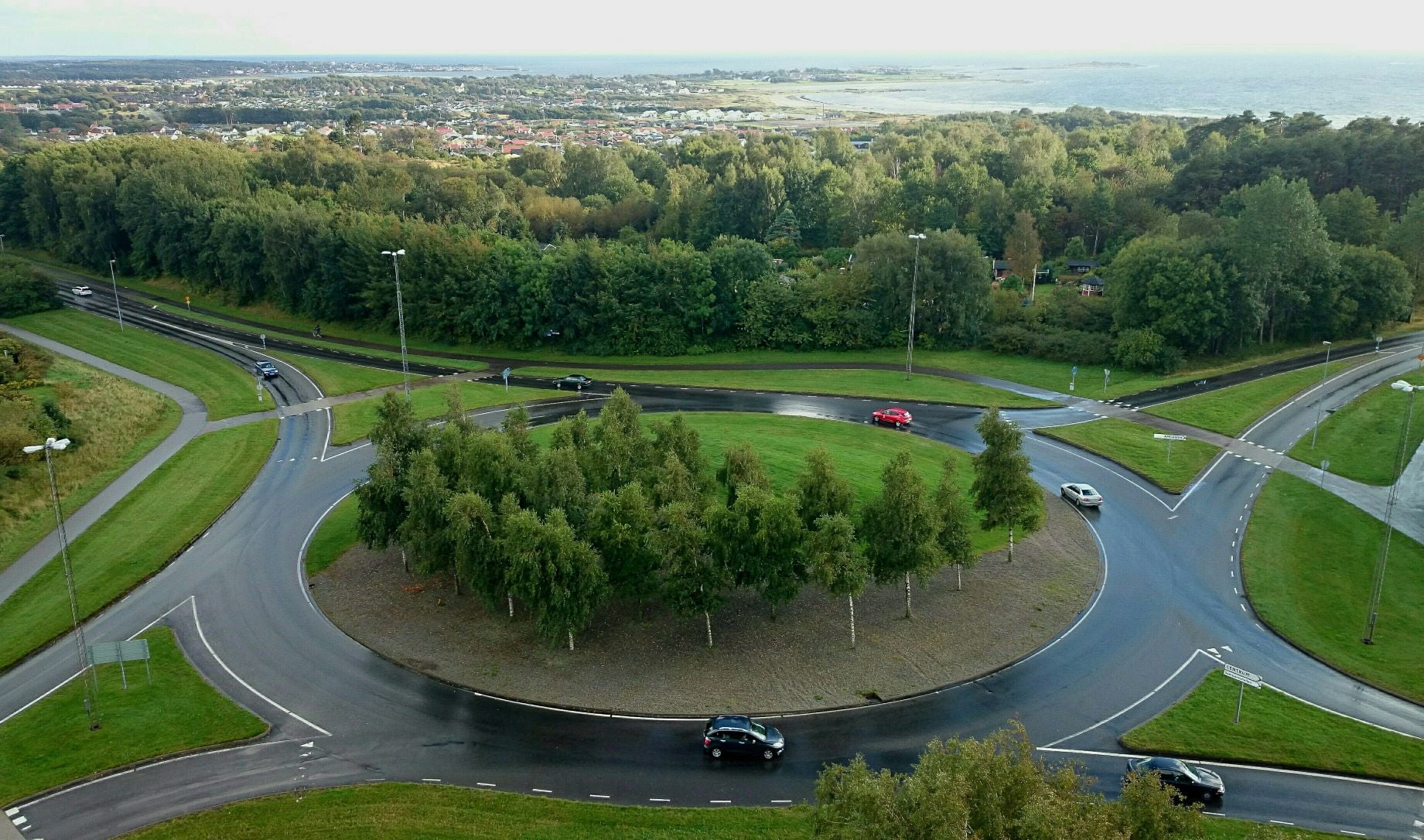
Why are Roundabouts Uncommon in America?
Despite their safety, environmental, and financial benefits, roundabouts haven’t really caught on in the US. America has the largest road network in the world, but only has about 10 to 15 percent of the world’s roundabouts.
Though California has more highway miles than every state except Texas, the Golden State has only three percent of all roundabouts in the US. They’re so rare in California that Caltrans has a helpful page discussing roundabouts and how to navigate them.
So why are roundabouts so uncommon in America? A large part of this issue stems from failures in their early adoption in the States. The first roundabout in the United States—Columbus Circle in New York City—opened in 1905. Roundabout right-of-way rules initially favored cars ENTERING the circle rather than cars already in the circle. When drivers in the roundabout stopped to let lines of cars turn in front of them, traffic quickly became congested, and accidents became common. As cities grew and their urban infrastructure developed, planners scrapped the idea of roundabouts entirely, instead favoring intersections governed by traffic lights.
Additionally, roundabouts tend to take up more space than a traditional intersection, making them difficult to add in urban areas. Though you can make roundabouts extremely compact, large ones tend to be safer as they provide more space for cars to navigate entry and exit points. Today, you might even have to buy and tear down buildings to convert a traditional intersection into a roundabout.
At this point, Americans are simply unfamiliar with roundabouts. Many drivers get nervous when they see one, likely because roundabouts aren’t common enough in the States for the average driver to practice and become accustomed to them. Though roundabouts are theoretically much safer than intersections, they may lead to more accidents if drivers are unfamiliar with right-of-way rules in a roundabout.
Roundabouts in Carmel, Indiana
In rural areas, however, roundabouts have begun to catch on. Take Carmel, Indiana, a suburb of Indianapolis, as a case study. Over the last two decades, they’ve converted over 120 traditional intersections into roundabouts.
Though it was initially a difficult adjustment for Carmel residents, the net outcome has been overwhelmingly positive. The city has reduced vehicle emissions, improved air quality for residents, and increased traffic and pedestrian safety. The city even designed their roundabouts with bikes and pedestrians in mind, working to ensure their safety along with more effective traffic flow.
How to Drive in a Roundabout
A roundabout works by keeping traffic moving. It accomplishes this by having cars entering the roundabout yield to cars already in the roundabout.
While roundabouts are still uncommon in California, you may see them with greater frequency as the years go by.
Here are several tips to help you safely navigate a roundabout when you come across one:
- Slow down as you approach the roundabout.
- Follow the traffic signs at the roundabout and the road markings, especially if the roundabout has multiple lanes
- You don’t have to stop before entering the roundabout, but you will need to reduce your speed.
- Before entering the roundabout, make sure you’ve looked left to ensure there’s no traffic coming.
- Always use your turn signal when exiting the roundabout to let drivers behind you know you’re slowing and exiting, and to let drivers waiting to enter the roundabout that you’re leaving it.
- If you miss your exit from the roundabout, go around instead of slamming on the brakes or making a hard turn.
- Keep an eye on the curvature of the traffic circle to ensure you don’t hit the curb and pop a tire.
Who Has the Right of Way in a Roundabout?
Generally, traffic in the roundabout has the right of way. Cars wanting to enter the roundabout must yield to cars already in the roundabout. Cars entering the roundabout must also yield to pedestrians and bikers crossing the street in front of them.
Roundabouts work by attempting to keep traffic flowing instead of a traditional intersection where only one set of vehicles moves at once. Drivers are forced to slow down, but not stop—making potential accidents less deadly.
Who Is at Fault in a Roundabout Crash?
Fault in car accidents depends on many factors. If you were driving in a roundabout and another vehicle hit you as they were entering the roundabout, they’re most likely going to be at fault for the crash. If another car rear-ended you as you were exiting the roundabout, the other driver is likely at fault.
Many common reasons for roundabout crashes include:
- Speeding
- Failure to yield
- Not being the correct lane
- Braking while in the roundabout
- Trying to exit the roundabout from the wrong lane
- Making a hard turn
- Tailgating
Can You Get Compensation from the Negligent Driver?
If you’ve been injured in a roundabout crash that was not your fault, you may be able to get compensation for:
- Pain and suffering
- Emotional distress
- Lost income
- Lost earning potential
- Loss of companionship
- Loss of life enjoyment
- Present and future medical expenses
- Rehabilitation costs
Depending on the severity of your injuries, you may face enormous financial pressure. Even in minor accidents, you could have to deal with costly medical procedures and treatment. Even a concussion, one of the most common car accident injuries, can result in millions of dollars of lifetime medical care.
That’s why you need to partner with an experienced and trusted car accident lawyer in California. Your lawyer may be able to help you get the compensation you need to get better. With the right legal team at your side, you may be able to avoid financial hardship by collecting compensation from the driver who caused your roundabout accident and injuries.
To find out your legal options, contact PARRIS Law Firm today to speak with an experienced California car accident lawyer. You have rights and we can help you protect them.


